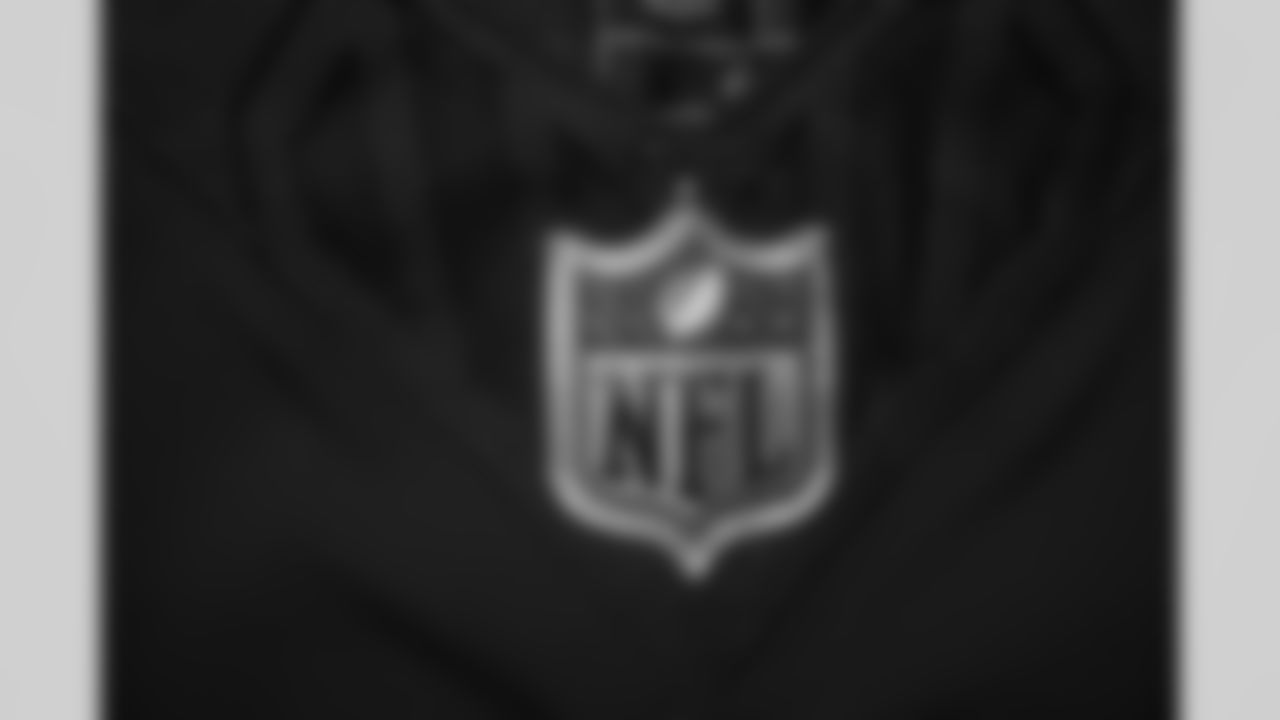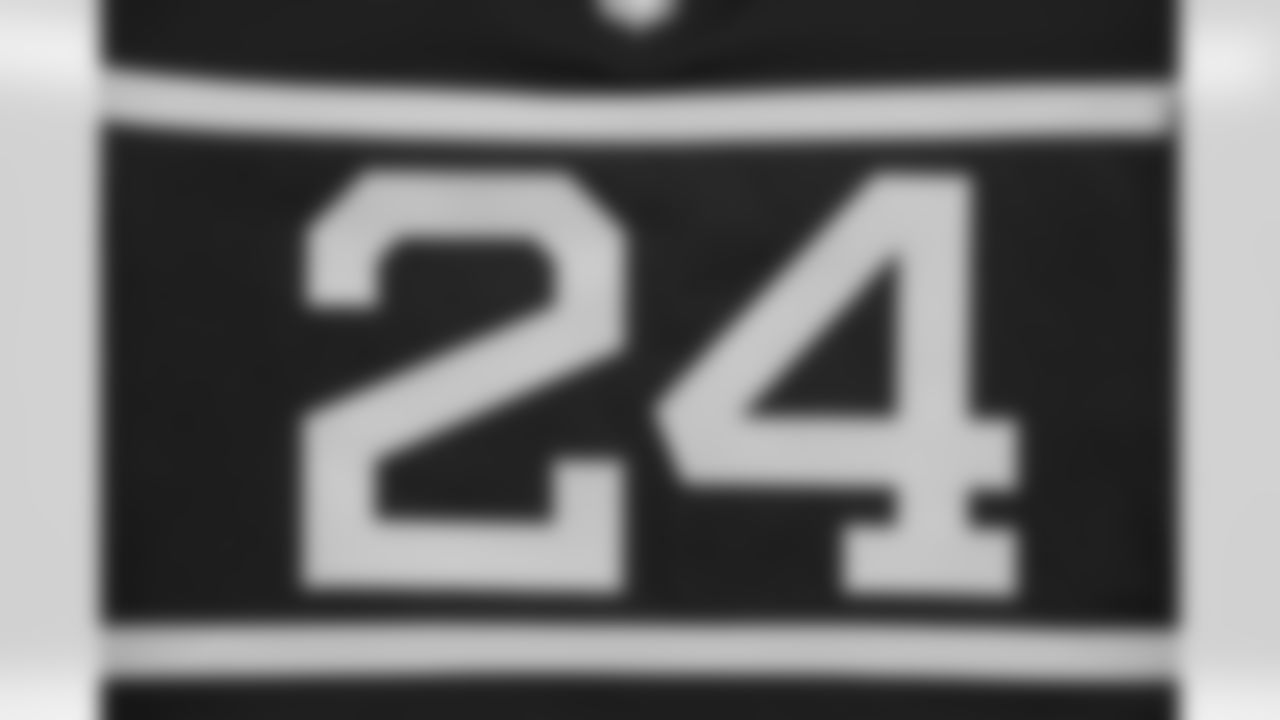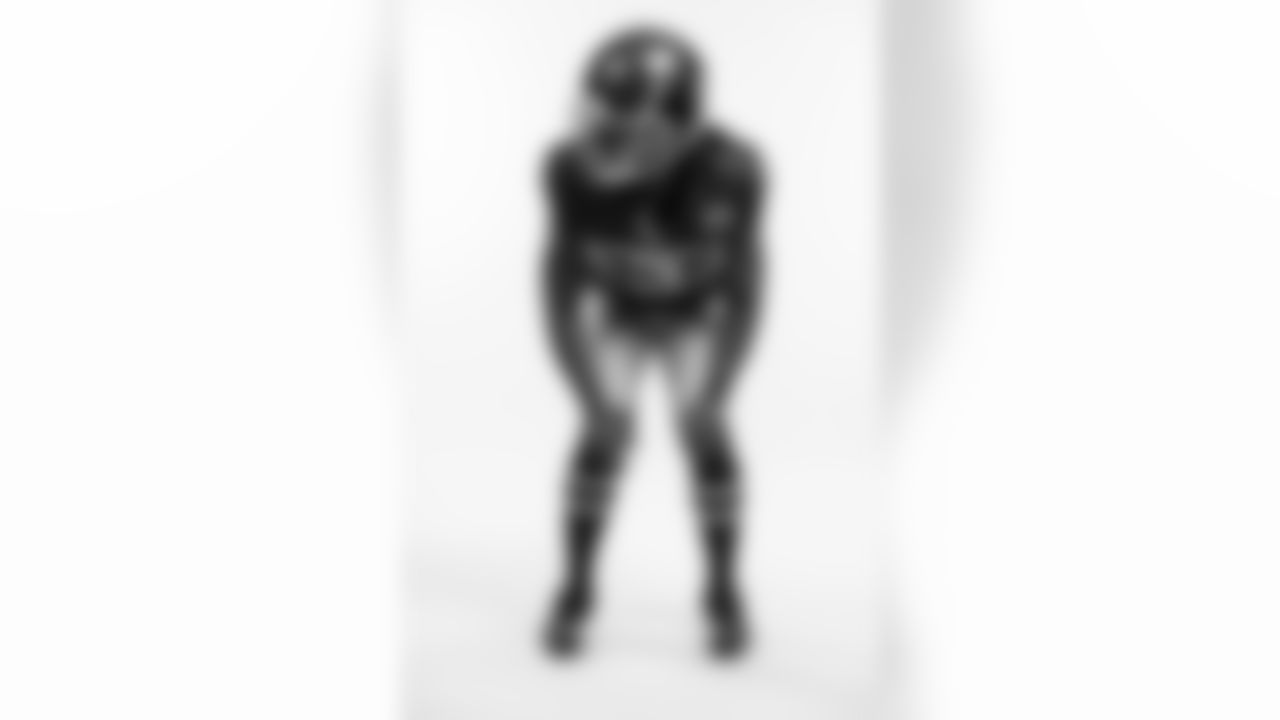EAST RUTHERFORD, N.J. – John Mara was one of the approximately 124 million television viewers who watched Super Bowl LVIII. The Giants' president and chief executive officer saw MVP Patrick Mahomes lead the Kansas City Chiefs to a thrilling 25-22 overtime victory against the San Francisco 49ers.
But one facet of the game was exceedingly unexciting and caught Mara's attention. The teams combined for 13 kickoffs. And every one of them was a touchback. A play that had once been among the most electrifying in football had devolved into a formality. As a longtime member of the NFL Competition Committee, Mara was in position to do something about it.
After considering many options, the committee - and later an overwhelming majority of the NFL's owners - agreed to a one-year trial of the most dramatic change to the kickoff in league history.
"We had a play that was mostly ceremonial in the Super Bowl, where there were 13 kickoffs and not one return," Mara said. "We wanted to put an exciting play back in the game as safely as possible, and that was the idea behind it.
"Kickoffs always used to be one of the most exciting plays. When you think about the guys in this league that have been great returners, the (2024 Hall of Fame inductee) Devin Hesters of the world. But kickers have gotten stronger every year and they're able to kick the ball out of the end zone. It really eliminates that play from the game and nobody wants to see that. There was some discussion about just having the offense start at the 20 or 25 or 30 yard-line, and there wasn't a lot of support for that. I certainly didn't support that, either. I think it would be nice to have the play back in the game in as safe a manner as possible."
The owners wanted to return excitement to kickoffs while not elevating the risk of injury on a play that traditionally had a higher risk than other plays. The result is kickoffs will look nothing like they did in the NFL's first 104 seasons.
"It is pretty radical," Mara said. "I would say it's probably the most radical change that we've made in the 24 years I've been on the committee, but we're all looking forward to see how it works."
Mara's near quarter-century tenure on the Competition Committee is exceeded only by chairman Rich McKay, the Atlanta Falcons' chief executive officer. The other committee members are executive vice presidents Stephen Jones of Dallas and Katie Blackburn of Cincinnati, Miami general manager Chris Grier, and head coaches Mike Tomlin of Pittsburgh, Sean McDermott of Buffalo, and Sean McVay of the Los Angeles Rams. The latter two coaches are new to the committee this year.
Though the new kickoff format will be the most noticeable rule change in the 2024 season, Mara didn't consider these the most consequential committee deliberations in which he has participated.
"There were a number of meetings in the past where we pushed through health and safety rules, trying to take the helmet-to-helmet stuff and the head out of the game," he said. "I think those had a bigger impact to change player behavior. But this, obviously, was an important meeting because we had to try to find a solution to the kickoff dilemma."
That sentiment was widespread after the 2023 season, when the NFL had both a historically high rate of touchbacks (73%, far greater than the previous mark of 61.2% in 2020) and a record-low four kickoff return touchdowns all season. And that was before the 13 Super Bowl touchbacks.
"This year convinced me we don't want to have a ceremonial play in the game," Mara said. "We made that change to the extra point a few years ago (moving the line of scrimmage from the 2-yard line to the 15-yard line) because that had become pretty much a given that teams were going to make the extra point. Now you see extra points missed every once in a while, and it becomes a more competitive play. I think that was the idea here, too."
The competition committee began the process of changing kickoffs by getting input from several special teams coaches, including Dallas' John Fassel, New Orleans' Darren Rizzi and Chicago's Richard Hightower.
"They had met with special teams coaches around the league." Mara said. "There were a few around the league, as I understand it, that were opposed to this. But I thought those guys did a really good job studying it and explaining it. I think that gave it a better chance of success because it was coming from special teams coaches as opposed to a bunch of owners or general managers."
Mara said "there were probably four or five different ideas" presented to the committee for the new kickoffs. The committee studied kickoffs in the now-defunct XFL, which were like what the NFL owners adopted.
The kicking and receiving teams will both have new alignments. The ball will still be kicked from the 35-yard line, but the remaining 10 players on the kicking unit will line up at the opposing team's 40-yard line. The receiving team lines up with at least seven players in the "set-up zone," a five-yard area between their own 35- and 30-yard lines, and a maximum of two returners can line up in the landing zone.
A "landing zone" kickoff, the area between the receiving team's goal line and its 20-yard line, would result in a return if the ball lands in that region.
After the ball is kicked, the kicker cannot cross the 50-yard line and the 10 kicking team players cannot move until the ball hits the ground or a player in the landing zone or goes into the end zone. Nine players on the receiving team have the same restrictions. The returner(s) may move at any time before or during the kickoff.
Kickoffs that hit the landing zone must be returned. Those that hit the landing zone and then go into the end zone must be returned or downed by the receiving team. If downed, the receiving team would get the ball at its own 20-yard line. Kickoffs that go into the end zone and stay inbounds would give the receiving team the ball at their own 30-yard line. Kickoffs that go out of the back of the end zone (in the air or bounces) would also be a touchback at the receiving team's 30-yard line. Finally, kickoffs short of the landing zone would be treated like a kickoff out of bounds, and the receiving team would get the ball at its own 40-yard line.
"No fair catches," Mara said. "The kickoff team cannot move until the ball is caught or touched. There almost has to be a return unless you decide to kick it out of the end zone, which you might see some teams doing."
With the kicking and receiving teams so close to each other, the players won't be running full speed before hitting one another.
"The kickoff really was the most dangerous play we had," Mara said. "It had the highest rate of injuries because of the high-speed collisions. We didn't want to go back to that type of situation. That's why this proposal made sense to me, with the kickoff team and the kick return team lining up five yards from each other, much closer to where the return guy would be. I think we'll cut down on high-speed collisions. I think the projection was that it would be no more dangerous than a play from scrimmage. We'll see if that works out that way."
The new rules will result in the virtual elimination of the onside kick. Discussions about that are continuing.
"That was a concern that some people expressed, but we have so few onside kicks in this day and age," Mara said. "There's been some discussion, should we allow a different formation for the onside kicks to give you a higher chance of recovery? Because right now, it's something like six or seven percent.
"The onside kick was a dangerous play, too, the collisions that occurred there. So, I'm not sure I'd be in favor of doing anything to fool with that."
The priority now is to spend the 2024 season evaluating how the rule changes affect kickoffs and the games. Because it was only approved for this season, the owners must vote again to approve these or different rules in 2025 and beyond.
"For a while, I didn't think it was going to pass," Mara said. "In the first few polls that were taken, there was a lot of opposition. But I think people gradually got comfortable with it and realized that we can't just stay where we are and that we should try something. We all want to see how it's going to pan out because nobody knows. But I'm looking forward to it."
The New York Giants unveiled a "Century Red" uniform to commemorate their 100th season.


ILB Bobby Okereke (58)

T Andrew Thomas (78)

OLB Kayvon Thibodeaux (5)

WR Jalin Hyatt (13), CB Deonte Banks (3)

QB Daniel Jones (8)

ILB Bobby Okereke (58)

WR Jalin Hyatt (13)





T Andrew Thomas (78)

T Andrew Thomas (78)

T Andrew Thomas (78)

T Andrew Thomas (78)

T Andrew Thomas (78)

OLB Kayvon Thibodeaux (5)

T Andrew Thomas (78)

T Andrew Thomas (78)

OLB Kayvon Thibodeaux (5)

OLB Kayvon Thibodeaux (5)

OLB Kayvon Thibodeaux (5)

T Andrew Thomas (78)

OLB Kayvon Thibodeaux (5)

QB Daniel Jones (8)

OLB Kayvon Thibodeaux (5)

ILB Bobby Okereke (58)

ILB Bobby Okereke (58)

T Andrew Thomas (78)

ILB Bobby Okereke (58)

ILB Bobby Okereke (58)

ILB Bobby Okereke (58)

ILB Bobby Okereke (58)

ILB Bobby Okereke (58)


ILB Bobby Okereke (58)

ILB Bobby Okereke (58)

QB Daniel Jones (8)

T Andrew Thomas (78)

QB Daniel Jones (8)

WR Jalin Hyatt (13)

OLB Kayvon Thibodeaux (5), CB Deonte Banks (3)

WR Jalin Hyatt (13)

QB Daniel Jones (8)

WR Jalin Hyatt (13)

WR Jalin Hyatt (13)


CB Deonte Banks (3)

WR Jalin Hyatt (13)

CB Deonte Banks (3)

CB Deonte Banks (3)

CB Deonte Banks (3)

CB Deonte Banks (3)


WR Jalin Hyatt (13)

CB Deonte Banks (3)

QB Daniel Jones (8)


CB Deonte Banks (3)


CB Deonte Banks (3)

CB Deonte Banks (3)

CB Deonte Banks (3)

CB Deonte Banks (3)


CB Deonte Banks (3)

CB Deonte Banks (3)

CB Deonte Banks (3)


CB Deonte Banks (3)

CB Deonte Banks (3), OLB Kayvon Thibodeaux (5)












